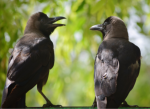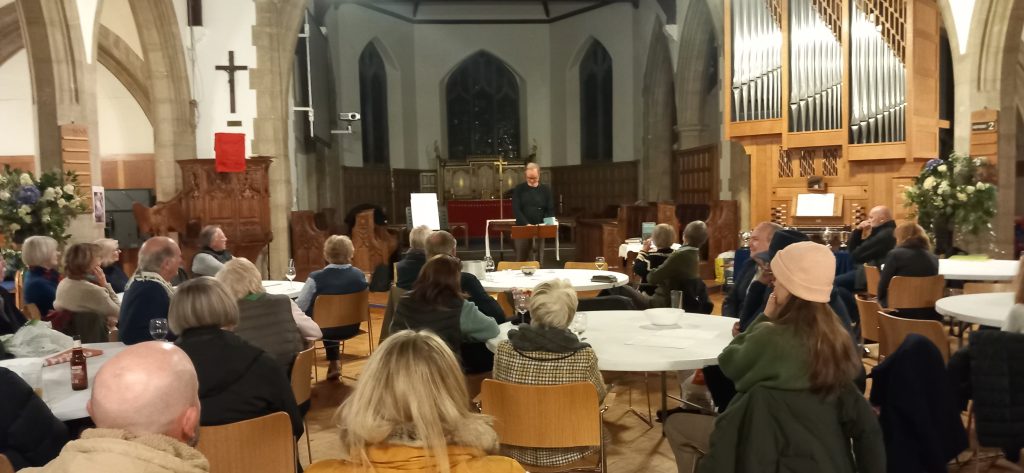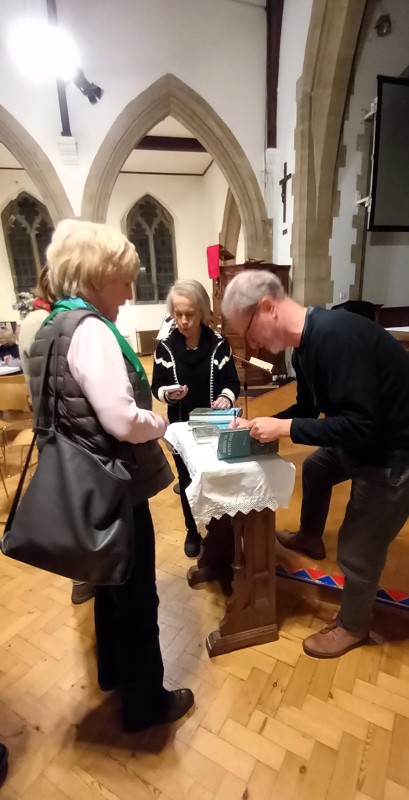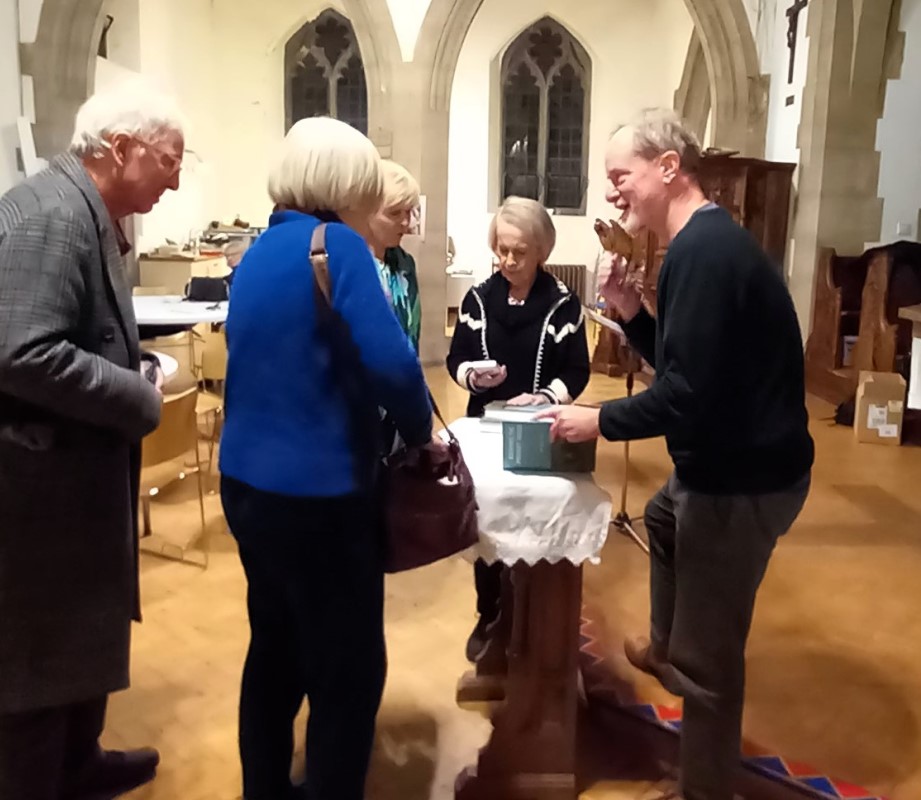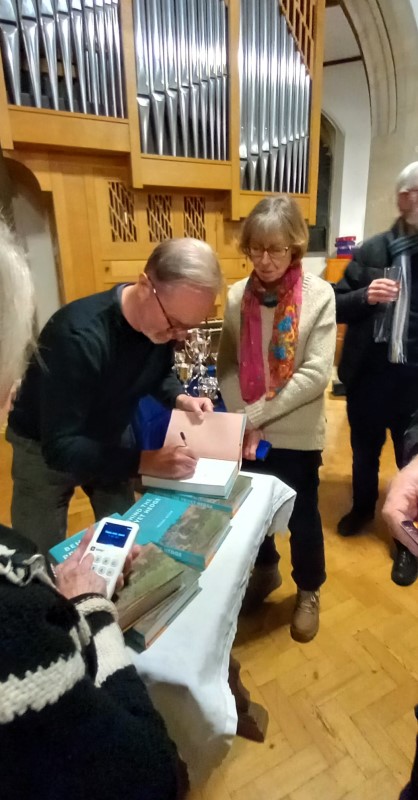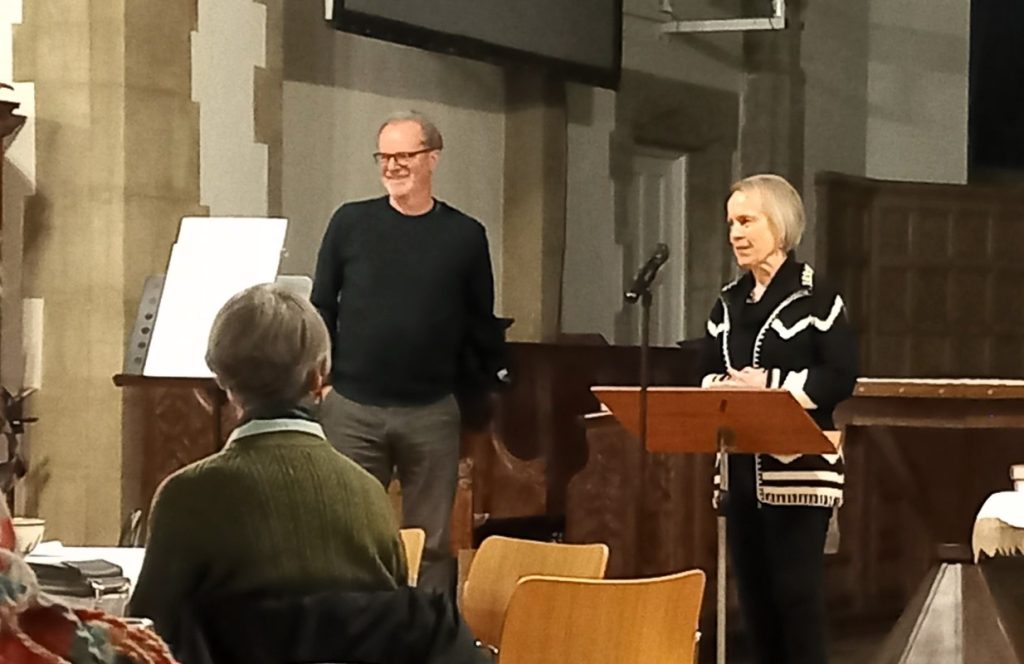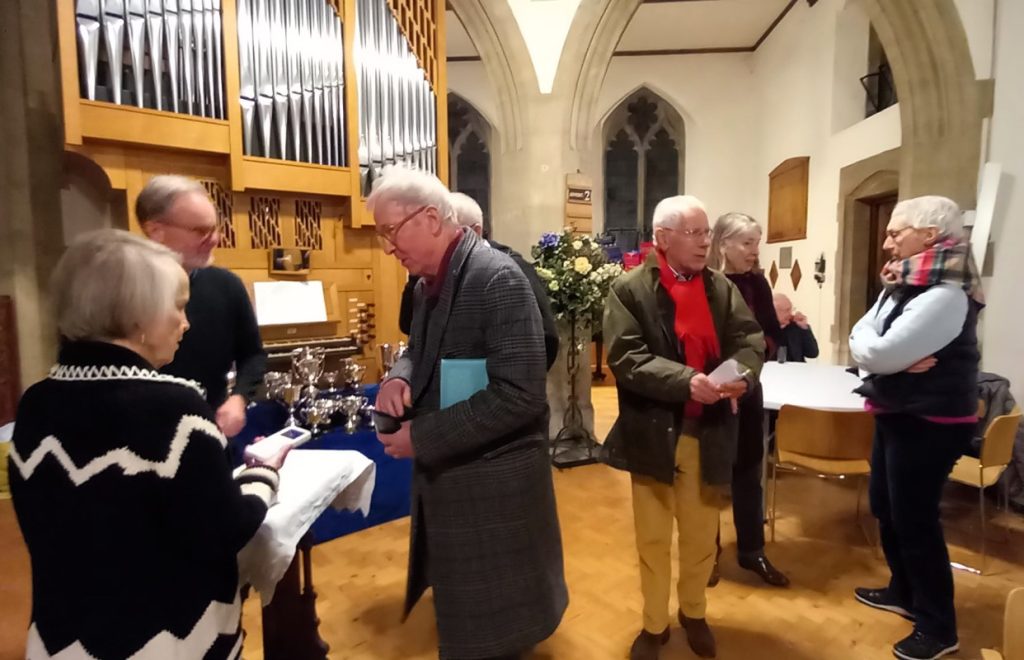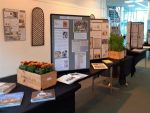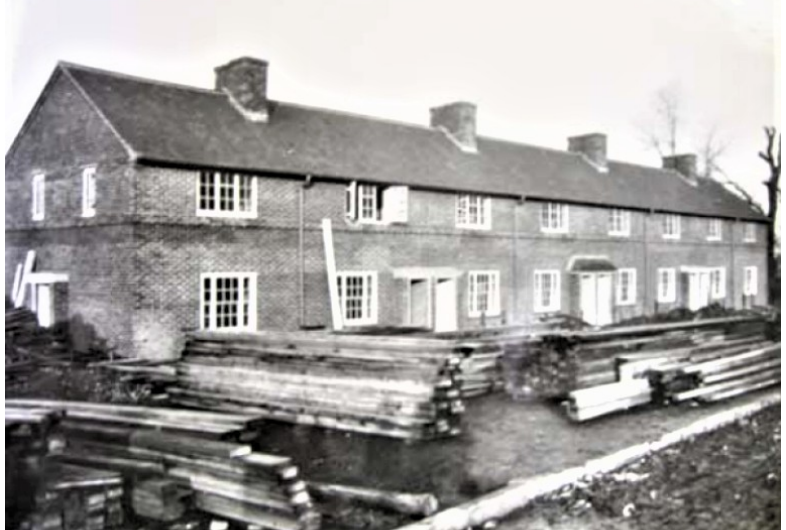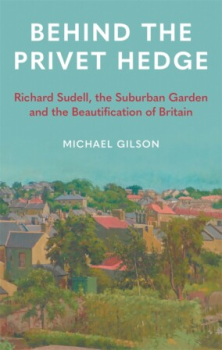This briefing appeared in the New York Times:
Crows are ferociously intelligent. They can mimic human speech, use tools and gather for what seem to be funeral rites when another crow dies or is killed. They can identify and remember faces, even among large crowds.
And crows can also harbor resentment for longer than you might expect. When a murder (or group) of crows singles out a person as dangerous, its wrath can be passed along well beyond an individual crow’s life span — creating, in short, multigenerational grudges.
Gene Carter, a computer specialist in Seattle, saw crows encroaching on a robin’s nest in his backyard and launched a rake into the air. For the better part of a year, he said, the crows would scream at him or divebomb him. Eventually, they even learned to identify his bus — and to wait for him at the bus stop. (The harassment stopped only when he moved.)
with thanks to Helen Finch

